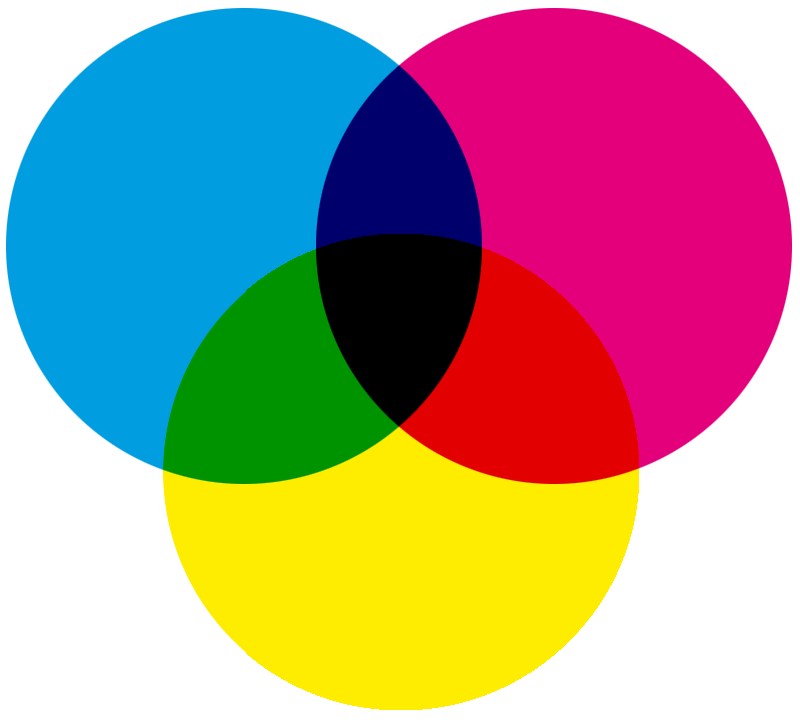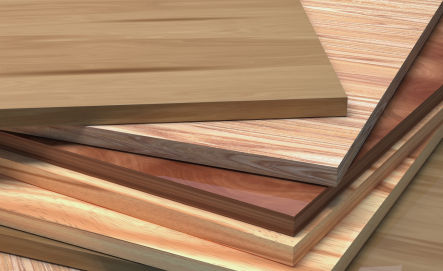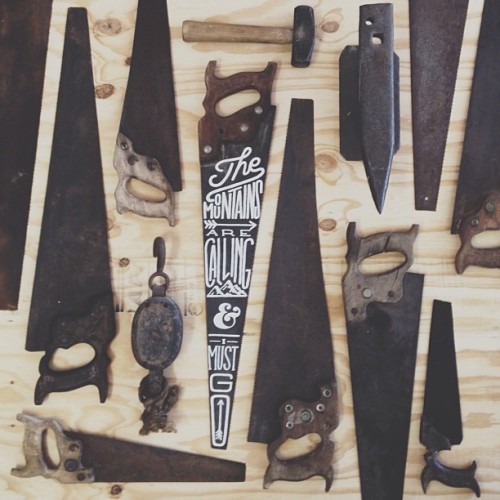As a group we were asked to create a list of things that need to be considered when describing design for print.
- Use correct colour code CMYK.
- Tangible design.
- Consider printing options.
- Consider stock.
- Digital/Traditional print.
- Consider scale/format.
- Resolution.
- Consider the finish.
- Consider the cost.
- Consider the audience.
- Consider the amount of time available.
- Pantone referencing system.
After this we were told to condense this into a simple sentence answering "How do you describe what design for print is?"
After words and debates were thrown around the group, we figured out the best way we could think of to explain it.
"Design for print is the preparation of artwork to achieve finishing and construction of a piece of work."
The general meaning of print which is "A mechanical process used to transfer text or image to stock" suggests that the action of printing isn't just ink to paper but it could be anything which creates a legible mark to stock.
Processes:
- Screen printing.
- Foiling.
- Etching.
- Mono printing.
- Wood block.
- Letter press.
- Emboss.
- Deboss.
- Laser cutting.
- Linograph.
- Digital printing.
- 3D printing.
- Spot varnishing.
We were then asked to create a list of processes we wanted to practice and perfect this year.
Processes I'd like to put a lot of effort into practicing are screen printing, laser cutting, and embossing and debossing.
We were also asked why people use different printing methods. I think that people use a wide variation of different printing methods to both achieve different effects and colours and also to increase their stock choice. Different uses of the work would also require different printing methods to be successful too.
Another thing we were asked to do was research into the following categories of print:
- Colour.
- Format.
- Production.
- Processes.
- Finishing.
- Stock.
For each category we needed to find two examples of print within them. Which I have displayed below.
Colour:
RGB:
Red, green and blue. The three colours of light which can be mixed to produce any other colour. Coloured images are often stored as a sequence of RGB triplets or as separate red, green and blue overlays though this is not the only possible representation. These colours correspond to the three "guns" in a colour cathode ray tube and to the colour receptors in the human eye.
Often used as a synonym for colour, as in "RGB monitor" as opposed to monochrome (black and white).
CMYK:
A colour model that describes each colour in terms of the quantity of each secondary colour (cyan,magenta, yellow), and "key" (black) it contains. The CMYK system is used for printing. For mixing of pigments, it is better to use the secondary colours, since they mix subtractively instead of additively. The secondary colours of light are cyan, magenta and yellow, which correspond to the primary colours of pigment (blue, red and yellow). In addition, although black could be obtained by mixing these three inequal proportions, in four-colour printing it always has its own ink. This gives the CMYK model. The K stands for "Key' or 'blacK,' so as not to cause confusion with the B in RGB.
HSV:
A colour model that describes colours in terms of hue (or "tint"), saturation (or "shade") and value (or "tone" or "luminance").
Format:
Book Cover:
A book cover is any protective covering used to bind together the pages of a book. Beyond the familiar distinction between hardcovers and paperbacks, there are further alternatives and additions, such as dust jackets, ring-binding, and older forms such as the nineteenth-century "paper-boards" and the traditional types of hand-binding.
Book covers can be a variety of different shapes or sizes so even though the format is always the same like how it should be laid out, the scales are always different.
Sticker:
A sticker is a type of a piece of paper or plastic, sticky on one side, and usually with a design on the other. They can be used for decoration, depending on the situation. They can come in many different shapes, sizes and colours and are put on things such as lunchboxes, in children's rooms, on paper, lockers, notebooks and so on.
Again, stickers are always different shapes and sizes and don't have a generic scale to them, however the process will always remain similar. One side will be printed with the text and/or graphic as well as being laser cut through the sticky top layer so it is possible to peel it off and attach it somewhere.
Production:
Folding and sticking:
After printing something that needs to be made when the finished piece will be 3D needs to be cut out, folded out and stuck together to create the final piece of work.
Cutting down:
If what is being made is mass produced in high quantities and is of a smaller scale, many can be printed on a single piece of stock and then split up by accurately cutting each one either with scalpel, guillotine, laser or any other method of cutting into smaller pieces.
Processes:
Screen printing:
Screen printing is a printing technique that uses a woven mesh to support an ink-blocking stencil to receive a desired image. The attached stencil forms open areas of mesh that transfer ink or other printable materials which can be pressed through the mesh as a sharp-edged image onto a substrate. A fill blade or squeegee is moved across the screen stencil, forcing or pumping ink into the mesh openings for transfer by capillary action during the squeegee stroke. Basically, it is the process of using a stencil to apply ink on to a substrate, whether it be t-shirts, posters, stickers, vinyl, wood, or other material.
The act of pressing the ink through the mesh of the screen onto stock would be considered a printing process.
Converting an image to CMYK:
If an image has started off in RGB mode then converting it to CMYK would give you a better idea of how it would come out in print. And if there were any errors or imperfections they can be corrected before the printing process has begun.
Finishing:
Spot Varnish:
A way of highlighting an area of a page by selectively applying a gloss varnish to it. This is a finishing process which would create a desirable and professional effect on a section of a piece of text/image which was supposed to stand out.
Embossing/Debossing:
To mould or carve a decoration or design on a surface so that it is raised above the surface in low relief. This is another finishing process which is used to create a professional and impacting effect on a particular design/piece of text.
Stock:
Wood:
Some stock I would be really interested to use this year would be wood. I want to laser engrave a skateboard or something of a similar shape as I have seen it done before and I think it would be really fun to experiment with. There are so many different kinds of wood and I think it would be really interesting to see what effects each wood would give if the same text/image was engraved into it.
Everyday Objects:
Not the most narrow example of the category but I am very keen on the work of Zachary Smith, an aspiring hand rendered typography artist who concentrates on a very rough, texturised hand painted aesthetic with his work and centres his work around every day struggles or inspiring quotes. Some of his work is painted onto every day objects which I think produced a really effective finish. Very interesting use of stock.
After completing my research, we were asked to bring in 5 or more examples of print in for the following week, these were my examples:
In our next session we all came together as a group and discussed what we had looked at, we then made a list to concentrate everyones findings into one place:
Colour: RGB (more colour variety compared to CMYK), CMYK, HSV - perceived by rods and cones in your eyes.
Wood:
Some stock I would be really interested to use this year would be wood. I want to laser engrave a skateboard or something of a similar shape as I have seen it done before and I think it would be really fun to experiment with. There are so many different kinds of wood and I think it would be really interesting to see what effects each wood would give if the same text/image was engraved into it.
Everyday Objects:
Not the most narrow example of the category but I am very keen on the work of Zachary Smith, an aspiring hand rendered typography artist who concentrates on a very rough, texturised hand painted aesthetic with his work and centres his work around every day struggles or inspiring quotes. Some of his work is painted onto every day objects which I think produced a really effective finish. Very interesting use of stock.
After completing my research, we were asked to bring in 5 or more examples of print in for the following week, these were my examples:
In our next session we all came together as a group and discussed what we had looked at, we then made a list to concentrate everyones findings into one place:
Colour: RGB (more colour variety compared to CMYK), CMYK, HSV - perceived by rods and cones in your eyes.
Format: How things are set out and arranged: Scales, layouts, etc.
Production: Process of making the product. Like cutting, gluing, binding, stitching, testing, etc.
Processes: Methods used to create the product. Like screen printing, letterpress, laser cut, etc. Consider format, function, stock, colour, etc. Could even be digital like converting an image to CMYK.
Finishing: Related to process - such as spot varnish, embossing/debossing, foiling. Attention to detail, professional touches.
Stock: Medium on which you print onto, almost anything such as wood, paper, etc.














Leave your comment